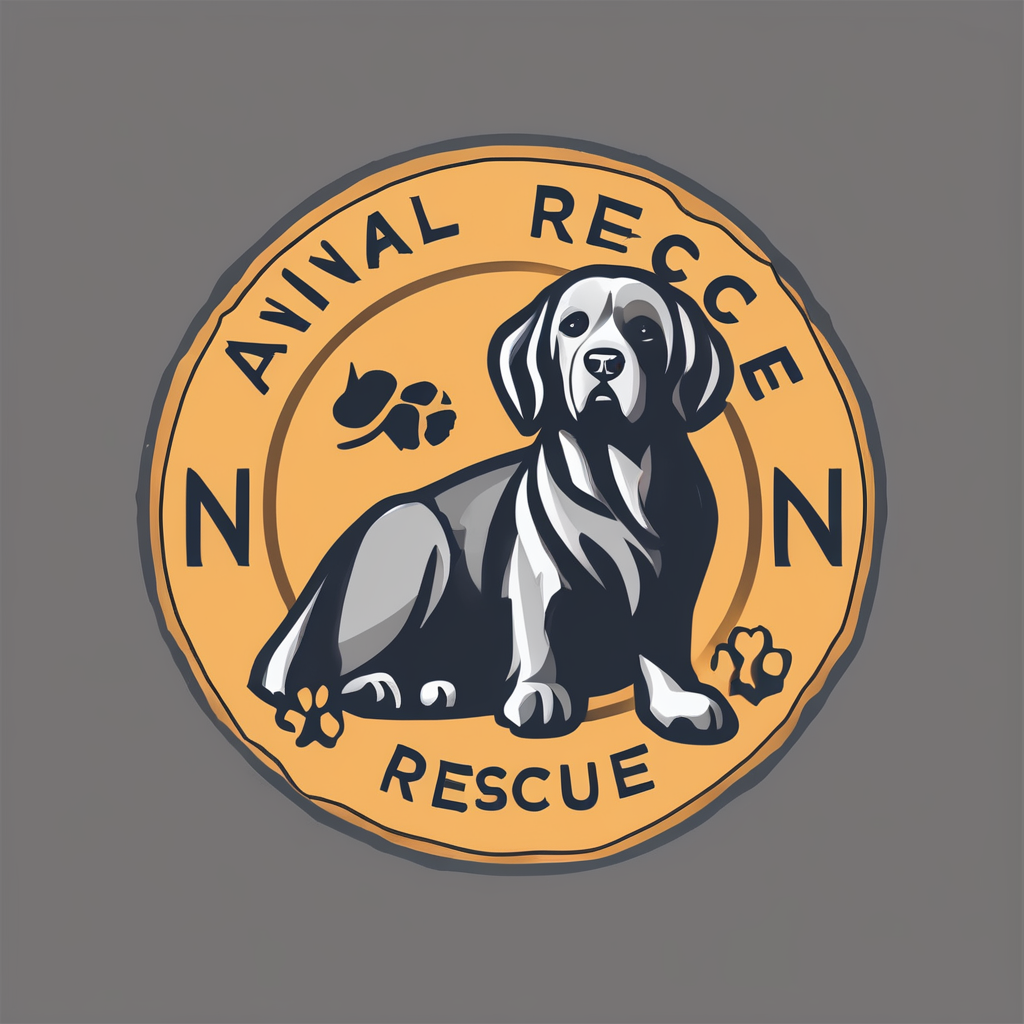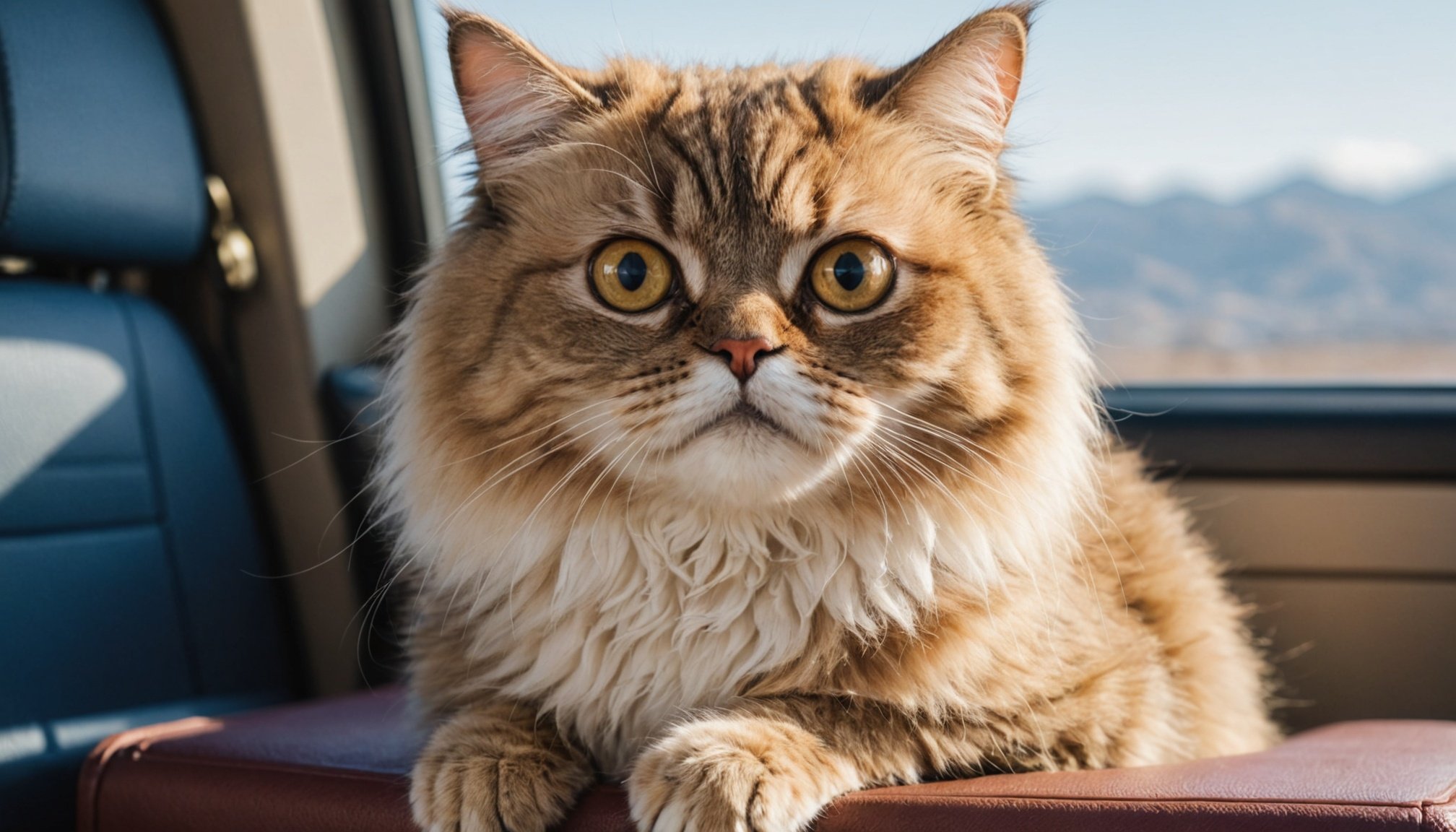Travel Savvy: Must-Know Advice for Persian Cat Owners with Brachycephalic Felines
Understanding Brachycephalic Cats
If you’re a proud owner of a Persian cat, you’re likely aware that these beautiful felines are part of the brachycephalic breed group. Brachycephalic cats, which include Persians, Exotic Shorthairs, and Himalayans, are characterized by their short, flat faces and can be prone to respiratory issues due to their anatomy[1][3][4].
“Brachycephalic Airway Syndrome is a common condition in these breeds, and it can significantly impact their quality of life, especially during travel,” notes a veterinarian specializing in feline care. Understanding this condition is crucial when planning to travel with your Persian cat.
Also read : What signs indicate that my cat is experiencing stress or anxiety?
Preparing for Pet Travel
Traveling with a pet, especially one with specific health needs, requires meticulous planning. Here are some key steps to ensure a smooth and safe journey for your brachycephalic cat.
Choosing the Right Airline
Not all airlines are created equal when it comes to pet travel. For brachycephalic cats, it’s essential to choose an airline that has policies in place to accommodate their special needs.
Additional reading : Creative solutions to keep cats off your furniture: gentle techniques that work without negative reinforcement
- Delta Airlines: Delta has specific restrictions for brachycephalic pets, particularly in the cargo hold. However, they can travel in the cabin if they meet the size and health requirements[2].
- Alaska Airlines: Alaska Airlines also has restrictions on brachycephalic breeds in the cargo hold but allows them in the cabin under certain conditions[3].
- Hawaiian Airlines: This airline discourages brachycephalic breeds from traveling in cargo due to respiratory concerns but permits them in the cabin if size requirements are met[4].
Health Certificates and Vaccinations
Before traveling, your cat will need a health certificate issued by a licensed veterinarian. This is especially important for international travel.
- Health Certificate: This document ensures your cat is healthy enough for travel. For international flights, it must be issued within a specified time frame before departure[2][3][4].
- Rabies Vaccination: Ensure your cat is up-to-date on their rabies vaccination. This is a mandatory requirement for most airlines and countries[2][3][4].
Pet Carriers and Compliance
The right pet carrier is vital for your cat’s comfort and safety.
- Carrier Requirements: The carrier must fit under the seat in front of you, have adequate ventilation, and be large enough for your cat to stand up and turn around comfortably. It should also have a waterproof bottom and secure fasteners[2][3][4].
- Compliance with Airline Policies: Always check with the airline for their specific carrier requirements to ensure compliance.
Traveling in the Cabin vs. Cargo Hold
When deciding whether to travel with your cat in the cabin or cargo hold, several factors come into play.
Traveling in the Cabin
- Advantages: Being in the cabin allows you to keep a close eye on your cat and ensure their comfort. It’s generally recommended for brachycephalic cats due to the reduced stress and better air quality[1][2][3].
- Requirements: Your cat must stay in an approved carrier that fits under the seat in front of you. You’ll also need to pay a fee for bringing your pet on board[1][2][3].
Traveling in the Cargo Hold
- Advantages: The cargo hold offers more space for your cat, and you can include a small litter box or other comforts. However, it’s not recommended for brachycephalic cats due to the potential for extreme temperatures and stress[1][3].
- Risks: There have been instances where animals have died in cargo holds, making it a less desirable option for sensitive breeds[1].
Managing Your Cat’s Bathroom Needs
One of the biggest concerns when traveling with a cat is how they will manage their bathroom needs.
Using Pee Pads or Diapers
- Pee Pads: These can hold up to 3 cups of liquid and are a practical solution for long flights. They are easy to clean up and can be used in conjunction with a carrier[1].
- Cat Diapers: While not the most dignified solution, cat diapers can be a necessity. Ensure your cat is comfortable with them before the flight[1].
Portable Litter Boxes
- DIY Solutions: You can create a portable litter box using a shoe box or purchase a small, travel-friendly litter box. However, most airlines will not allow you to take your cat out of the carrier during the flight[1].
Pre-Flight Preparation
Preparing your cat for travel is crucial to reduce stress and ensure a smooth journey.
Acclimating Your Cat to the Carrier
- Leave the Carrier Out: Place the carrier in a common area of your home and encourage your cat to explore it. Add their favorite toys and treats to make it a welcoming space[1].
- Use Positive Reinforcement: Make the carrier a positive space by placing cozy blankets and treats inside. This helps your cat associate the carrier with comfort rather than confinement[1].
Harness and Leash
- Get Your Cat Used to a Harness: If you plan to take your cat out of the carrier during security checks or layovers, a harness can be very useful. Introduce the harness gradually to avoid stressing your cat[1].
Feeding and Hydration
- No Meals on Flight Day: To prevent vomiting or diarrhea, only give your cat water on the morning of the flight unless medically necessary. Bring cat food with you, but your cat may not be interested in eating until you reach your destination[1].
Additional Tips and Considerations
Here are some additional tips to help you and your Persian cat have a successful travel experience:
Breed-Specific Restrictions
- Brachycephalic Breeds: Many airlines have restrictions on brachycephalic breeds due to their respiratory issues. Always check with the airline before booking your flight[2][3][4].
Route Restrictions
- Destination Limitations: Some destinations have specific restrictions or requirements for pets. For example, Hawaiian Airlines has strict regulations for pets traveling to Hawaii due to its rabies-free status[4].
Pet Insurance
- Consider Pet Insurance: Traveling with a pet can be unpredictable. Having pet insurance can help cover unexpected medical expenses or travel-related issues[4].
Comprehensive Guide to Airline Pet Policies
Here is a comparative table of the pet policies for Delta, Alaska, and Hawaiian Airlines to help you make an informed decision:
| Airline | In-Cabin Travel | Cargo Hold Travel | Health Certificate | Rabies Vaccination | Carrier Requirements |
|---|---|---|---|---|---|
| Delta | Allowed, must fit under seat | Not recommended for brachycephalic breeds | Required for international flights | Required for international flights | Must fit under seat, adequate ventilation[2] |
| Alaska | Allowed, must fit under seat | Not permitted for brachycephalic breeds | Required for international flights | Required for international flights | Must fit under seat, adequate ventilation[3] |
| Hawaiian | Allowed, must fit under seat | Discouraged for brachycephalic breeds | Required within 14 days of travel | Required | Must fit under seat, adequate ventilation[4] |
Practical Insights and Actionable Advice
Here are some practical tips and advice to help you navigate the process of traveling with your Persian cat:
- Consult Your Veterinarian: Always consult with your veterinarian before traveling, especially if your cat has health issues. They can provide valuable advice and ensure your cat is healthy enough for travel.
- Pack Essentials: Bring essentials like pee pads, cat diapers, food, water, and any medication your cat might need.
- Stay Calm: Keep calm and patient during the travel process. Your cat will sense your stress, so it’s important to remain calm and reassuring.
Traveling with a Persian cat, especially one with brachycephalic airway syndrome, requires careful planning and attention to detail. By understanding the specific needs of your cat, choosing the right airline, preparing your cat for travel, and following the necessary health and carrier requirements, you can ensure a safe and comfortable journey for both you and your pet.
As a pet owner, it’s crucial to prioritize your cat’s health and comfort. With the right preparation and knowledge, you can make pet travel a less stressful and more enjoyable experience for everyone involved. Remember, every step you take to ensure your cat’s well-being is a step towards a happier, healthier travel experience.






